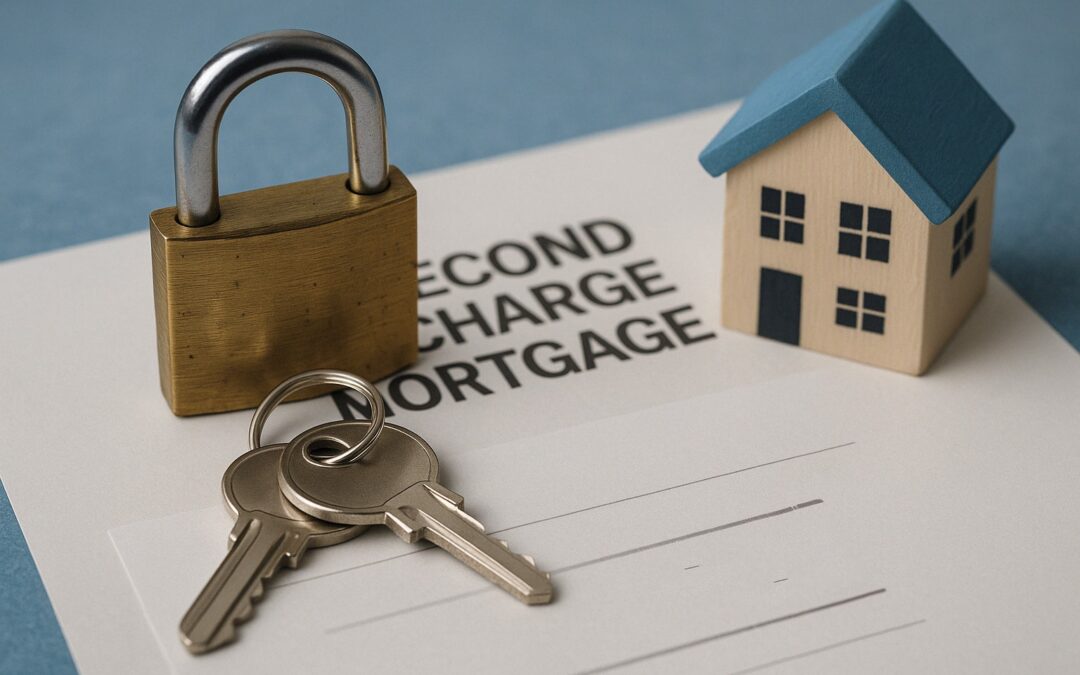If you’re a business owner or property investor looking for quick access to capital, you may have heard the term “caveat loan” or “second charge loan.” But what exactly is it? How does it differ from a standard mortgage? And when should you consider using one?
This article breaks it all down in plain English — so you can make an informed financing decision.
What is a Caveat Loan?
A caveat loan is a type of short-term financing secured against a property you already own. It is often referred to as a second charge loan, because it’s registered behind an existing mortgage on the property.
The lender places a caveat — a legal warning — on the title of your property with the Singapore Land Authority (SLA). This prevents the property from being sold or refinanced without the caveat lender’s knowledge or consent.
In short:
- You already have a mortgage (first charge)
- You take an additional loan using the same property as collateral
- The lender registers a caveat (second charge) to secure their position
How is it Different from a First Mortgage?
| Feature | First Mortgage | Caveat / Second Charge Loan |
|---|---|---|
| Position on title | First | Second (subordinate) |
| Loan tenure | Long-term (10–30 years) | Short-term (3–24 months) |
| Interest rate | Lower | Higher |
| Risk for lender | Lower (priority in event of sale) | Higher (repaid after first mortgage) |
| Use cases | Purchase or refinance | Business capital, urgent cash needs |
Why Do Business Owners Use Caveat Loans?
Caveat loans are popular among SMEs and property investors who:
- Need urgent capital for cash flow or expansion
- Don’t want to refinance their existing mortgage
- Have a property with sufficient equity
- Want a fast approval without extensive documentation
Common use cases include:
- Working capital for business operations
- Paying off tax bills or bridging short-term gaps
- Renovation or asset upgrades
- Quick investment opportunities
What Are the Risks?
While caveat loans offer speed and flexibility, they also carry risks:
- Higher interest rates (typically 1.5%–3% per month)
- Short repayment period
- Risk of foreclosure if you default — the lender can enforce the caveat and force a sale
Because it’s a second charge, the caveat lender only gets paid after the first mortgage is fully settled, which makes the loan higher-risk (and thus more expensive).
When Does a Caveat Loan Make Sense?
You should consider a caveat loan only if:
- You need urgent funding and have no time for traditional bank processing
- You have sufficient equity in your property
- You have a clear repayment plan (e.g. incoming sale proceeds or refinancing)
Final Thoughts
A caveat loan (or second charge loan) can be a powerful short-term financing tool — but it’s not for everyone. It’s best used when speed is essential, and you have a solid exit strategy.
Always work with a trusted mortgage broker or financing advisor who can help you:
- Understand the terms clearly
- Assess your repayment ability
- Compare lenders and costs
At CapitalGuru, we help business owners explore safe and strategic financing options — whether you’re considering a caveat loan or other forms of property-backed funding.

